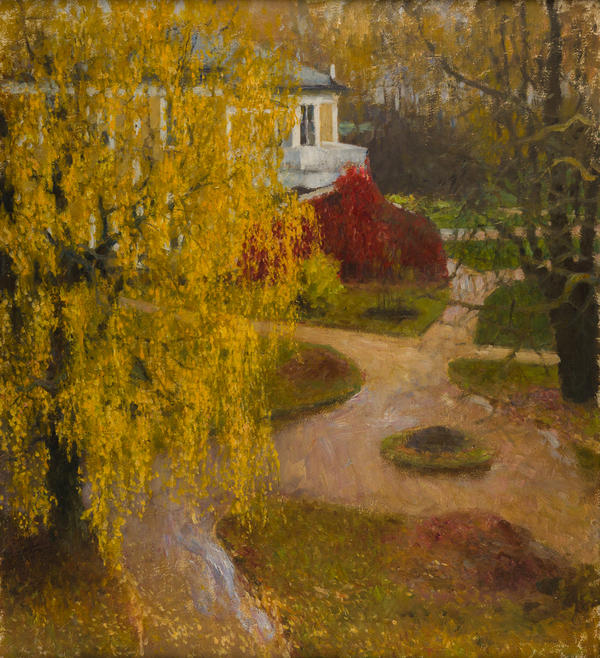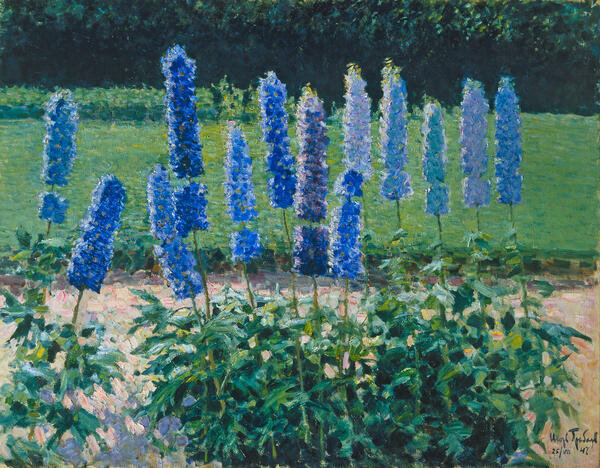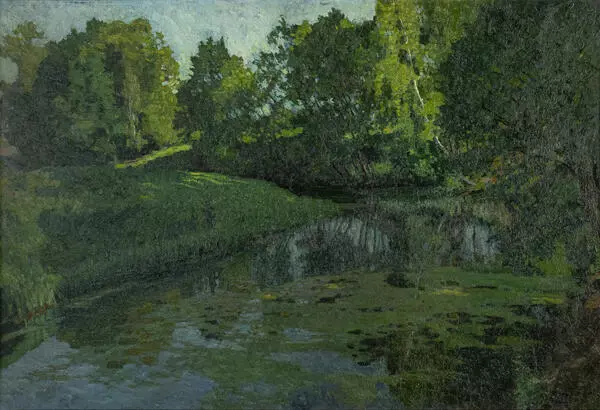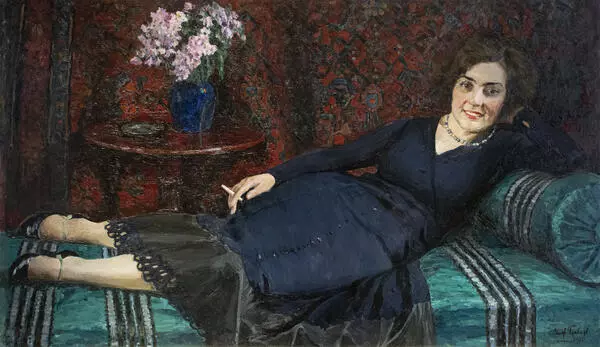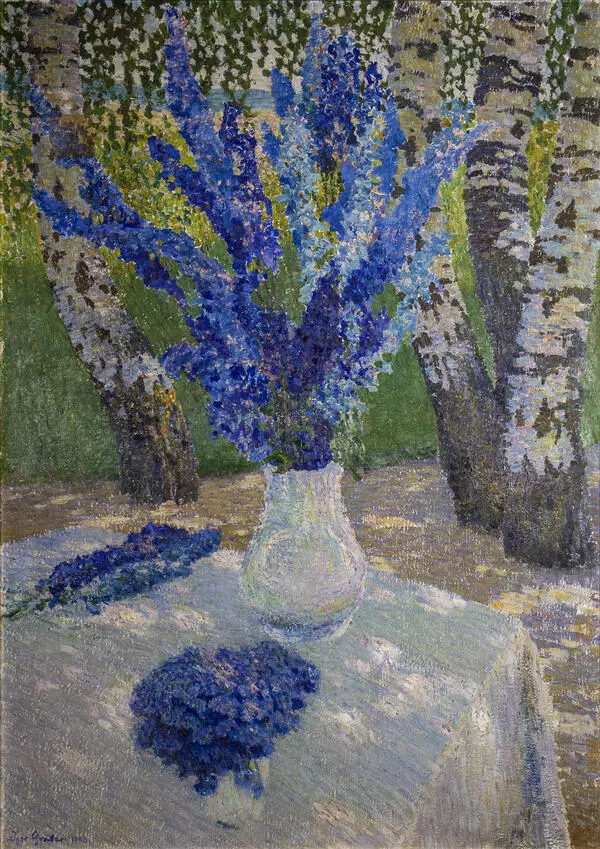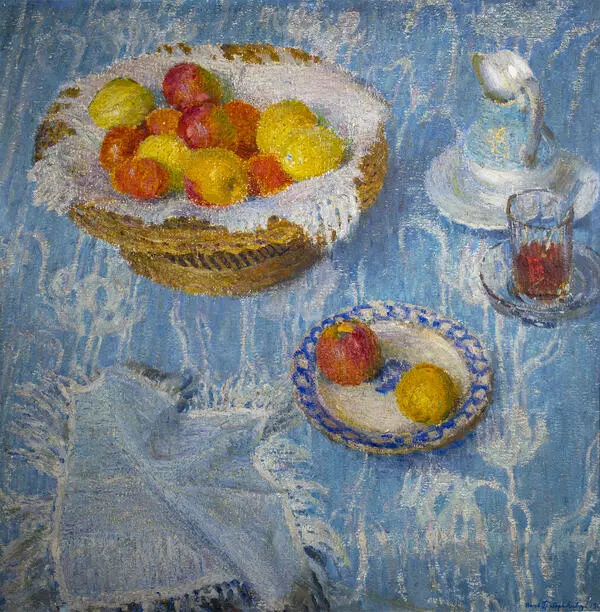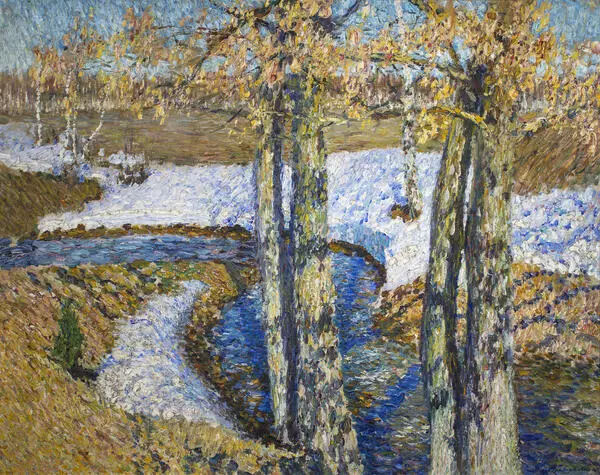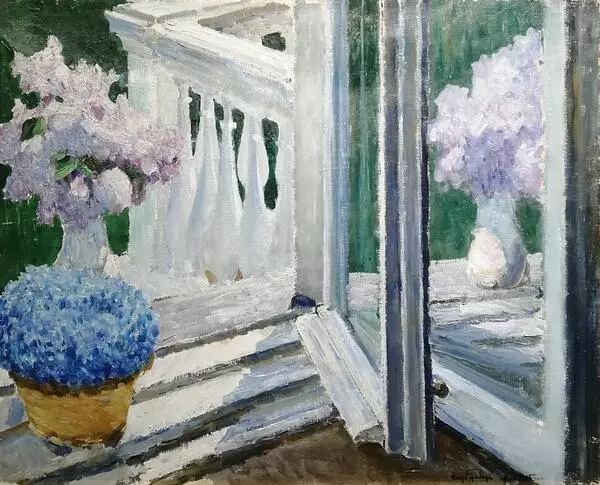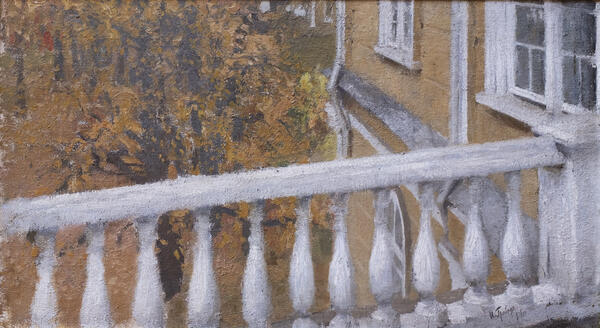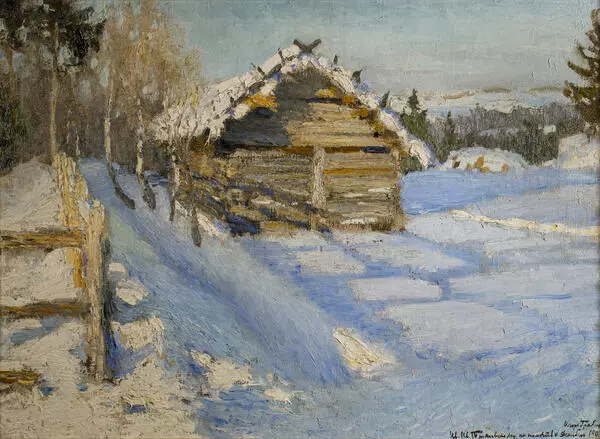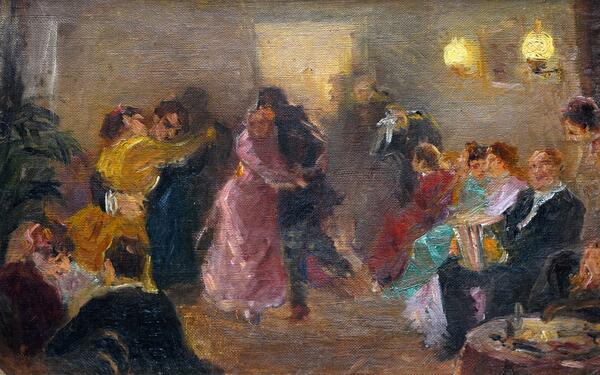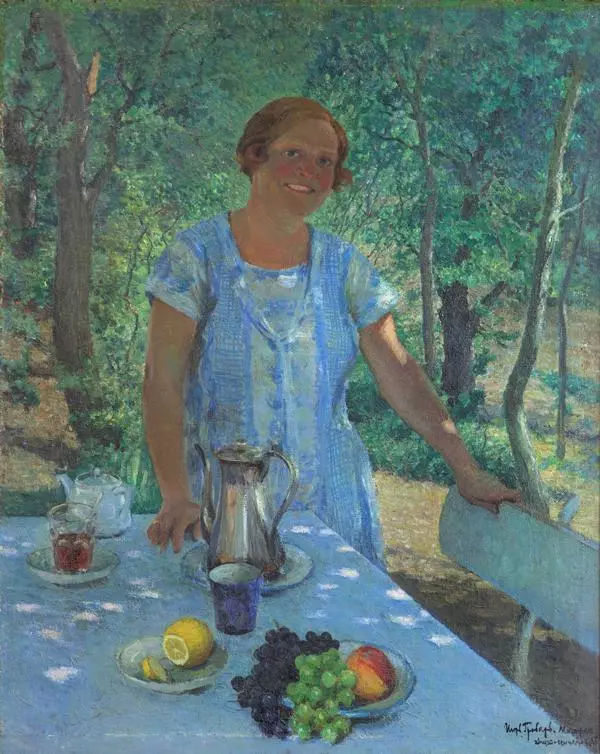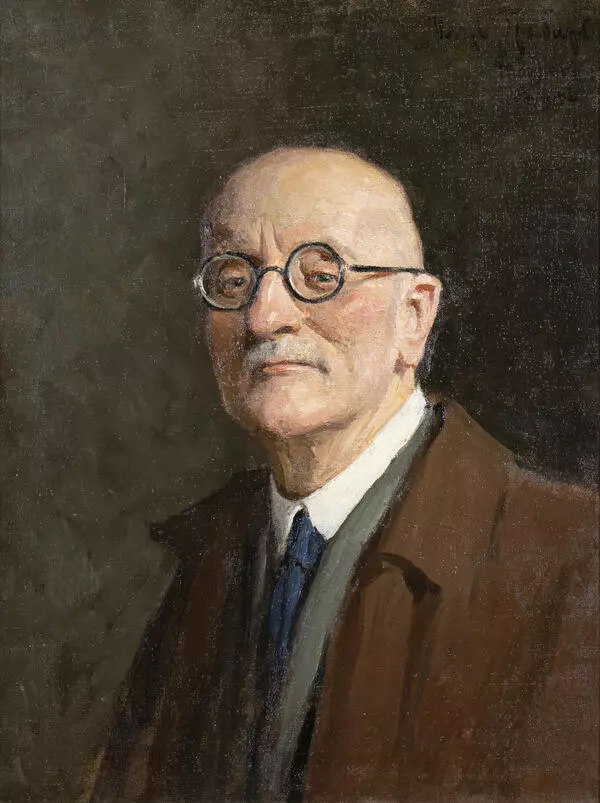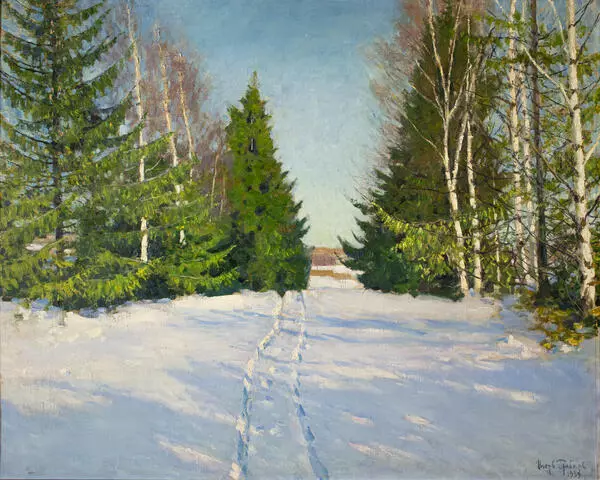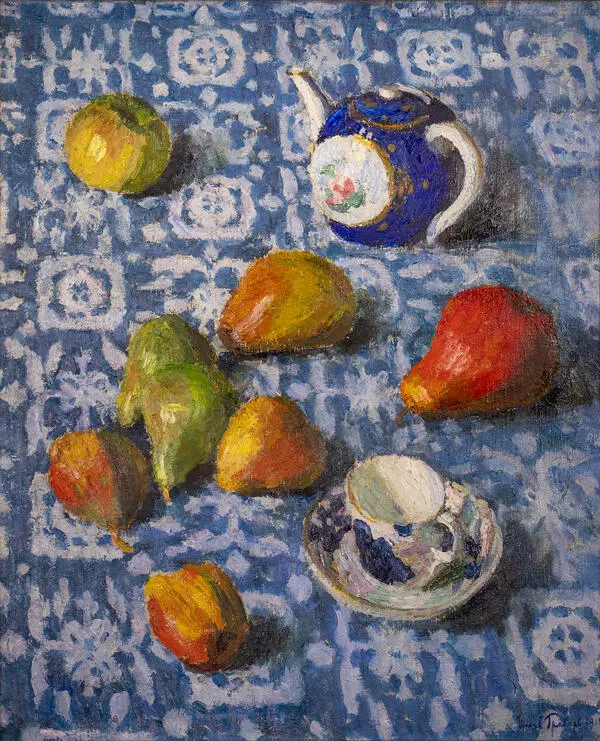Igor Emmanuilovich Grabar, a talented Russian and Soviet artist, distinguished art expert and restoration artist, was born in Budapest in 1871. His father, Emmanuil Ivanovich Grabar, was a prominent public figure and deputy of the Hungarian Parliament. Probably influenced by his father and elder brother, Igor Emmanuilovich received education as a lawyer, but his artistic nature finally prevailed and he chose the career of an artist.
Back during his studies at the shool of law, he started taking lessons from Russian artist and teacher Pavel Petrovich Chistyakov, and continued his education in the Imperial Arts Academy under the tutorship of Ilya Efimovich Repin. After graduation, Igor Emmanuilovich Grabar went to Germany to study in a private school. Having returned to Russia, the young artist joined such artistic associations as The World of Art and The Union of Russian Artists, created numerous paintings and often took part in exhibitions in Russia and abroad.
Besides painting, Igor Emmanuilovich was heavily involved in art research. He regularly published articles in art magazines, wrote a series of monographs about Russian artists and in 1913 headed the Tretyakov Art Gallery.
Soon after the revolution, Igor Emmanuilovich Grabar founded Central Art Restoration Workshops in Moscow and headed them for twelve years. In the first years of the Soviet power, Igor Emmanuilovich Grabar took an active part in the artistic life of Moscow and St.-Petersburg, but with the start of Stalin’s repressions quit all his posts and returned to painting.
The featured painting Golden Leaves was created by the artist in 1901. Judging by its very name, it refers to the Golden Autumn, an outstanding painting by Isaac Ilyich Levitan created in 1885. The paintings are congenial in the artists’ love for their motherland and admiration of its nature beauty.
The bright color palette of the Golden Leaves is based on dominating red and yellow shades that bring out the vibrancy of early autumn, the flaming solemnity of colors. Igor Emmanuilovich Grabar painted it after his return to Russia from the European voyage. Maybe that is why the artist’s excitement is so in tune with the mood of the landscape.
Back during his studies at the shool of law, he started taking lessons from Russian artist and teacher Pavel Petrovich Chistyakov, and continued his education in the Imperial Arts Academy under the tutorship of Ilya Efimovich Repin. After graduation, Igor Emmanuilovich Grabar went to Germany to study in a private school. Having returned to Russia, the young artist joined such artistic associations as The World of Art and The Union of Russian Artists, created numerous paintings and often took part in exhibitions in Russia and abroad.
Besides painting, Igor Emmanuilovich was heavily involved in art research. He regularly published articles in art magazines, wrote a series of monographs about Russian artists and in 1913 headed the Tretyakov Art Gallery.
Soon after the revolution, Igor Emmanuilovich Grabar founded Central Art Restoration Workshops in Moscow and headed them for twelve years. In the first years of the Soviet power, Igor Emmanuilovich Grabar took an active part in the artistic life of Moscow and St.-Petersburg, but with the start of Stalin’s repressions quit all his posts and returned to painting.
The featured painting Golden Leaves was created by the artist in 1901. Judging by its very name, it refers to the Golden Autumn, an outstanding painting by Isaac Ilyich Levitan created in 1885. The paintings are congenial in the artists’ love for their motherland and admiration of its nature beauty.
The bright color palette of the Golden Leaves is based on dominating red and yellow shades that bring out the vibrancy of early autumn, the flaming solemnity of colors. Igor Emmanuilovich Grabar painted it after his return to Russia from the European voyage. Maybe that is why the artist’s excitement is so in tune with the mood of the landscape.

